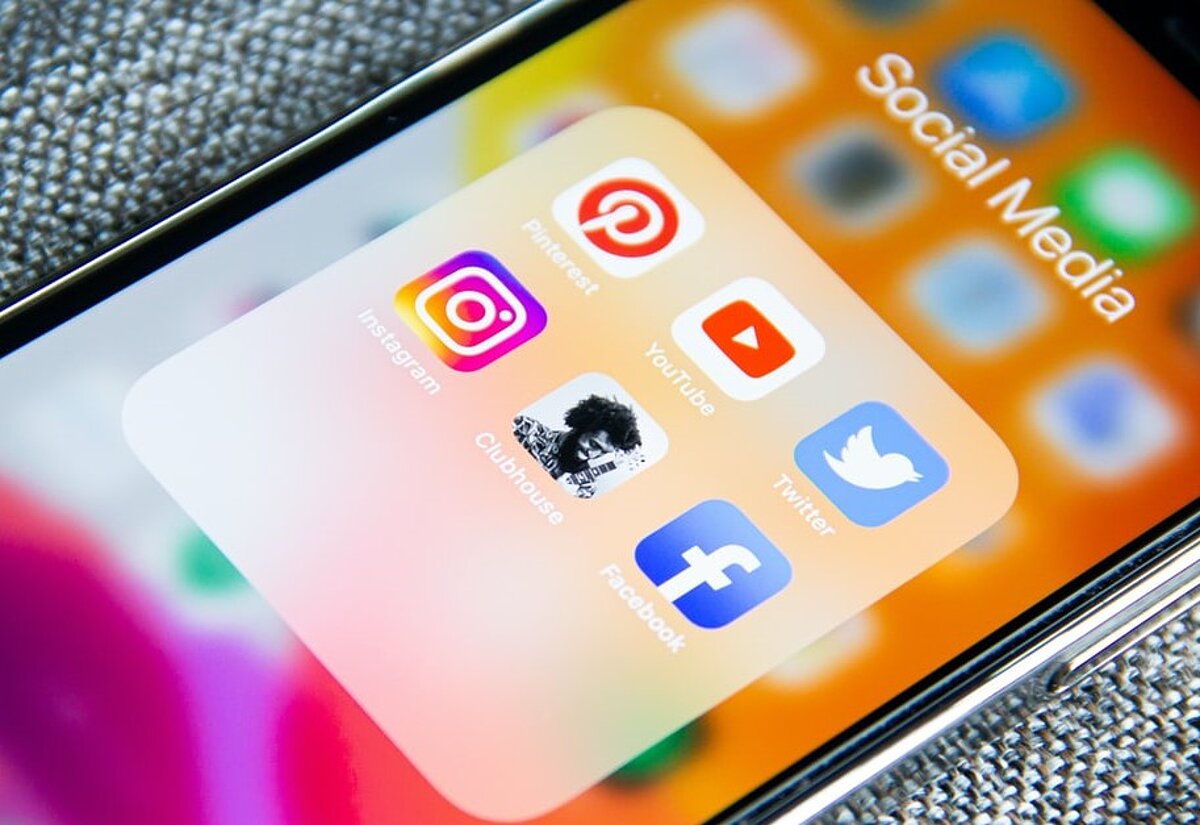As we all know, in 2020, the need to find new ways to keep in touch and to daily communicate with friends, family, and co-workers, encouraged the growth of new social networks and the rise to the charts of some of them. That is what happened for Clubhouse.
What is Clubhouse? Clubhouse is an only audio social network: there are no pictures, no videos, and no captions, just audio, or even better, only voices. On the official website, the two cofounders Paul Davison and Rohan Seth describe Clubhouse as “a new type of social product based on voice that allows people everywhere to talk, tell stories, develop ideas, deepen friendships, and meet interesting new people around the world."
The social was launched in March 2020 and it currently counts more than 2.5 million users, despite the app is only available for iOS on the App Store and is still on its beta version, with exclusive access through invite-only. If you know someone who is already in, just ask them to send you an invite. They will then accept your entrance from their account, basically vouching for you. Alternatively, you can download the app, book your username, and enter the waiting list. The invitation dynamic seems to be working well so far: firstly it creates hype around the social, secondly, it allows a slow and gradual development of the community, and finally, it ensures app servers great user management. Nonetheless, cofounders have confirmed the opening to the public will come soon.
Let’s see how Clubhouse works. The platform is built on the rooms concept. Once the user enters the app with their account, they will find on the main page a series of virtual rooms that differ based on topics, selected interests and people followed. Inside these rooms, the user will meet other users who are already in the middle of a live conversation. Like at cocktail parties or in a real clubhouse where members take part in mundane events, the users can enter or leave conversations, generating a sort of free-flowing group podcast. Unlike a podcast though, conversations are not recorded on Clubhouse, thus, everything that is said in the rooms is not sharable nor downloadable. Moreover, once closed, rooms are permanently deleted.
In each room, Clubhouse members can choose whether they wish to just listen or join the conversations. To do that, they need to raise a virtual hand and wait to be accepted by the moderators. Any member though can create open rooms, open to every user on the app, private rooms, accessible only through invitation, and social rooms, shared with their personal network and booked through a shared calendar. Another option one can find in Clubhouse is clubs. Users can subscribe to clubs to get notified when new vertical rooms or specific events are launched.
In conclusion, exclusivity, and the opportunity to network with influent characters have definitely increased the appeal of this social, however, Clubhouse success, comes from the fact that, for the first time in history, a social network clearly detaches from the image standards of other socials. In this way, users can “show themselves” for who they really are, without barriers or filters, but only through their voice, setting aside the fear of being judged for their own image.
Given the platform prematurity, it is still impossible to define in which way companies are going to interact with Clubhouse. We suppose that brands will rely on platform creators or that they will become creators themselves, creating audio-quiz challenges or branded rooms to directly interact with their audiences.
To learn more about all the news and the benefits socials may have on your business, contact E-Business Consulting, a digital marketing agency operating since 2003 and integrated into the Social Media world.














